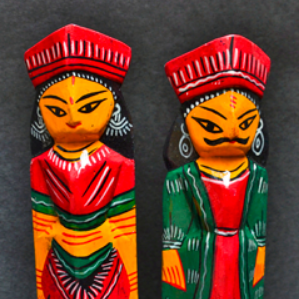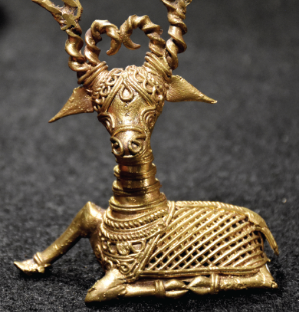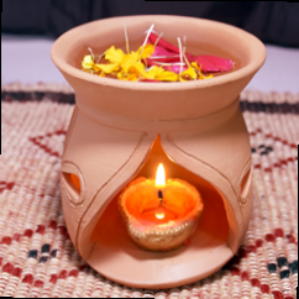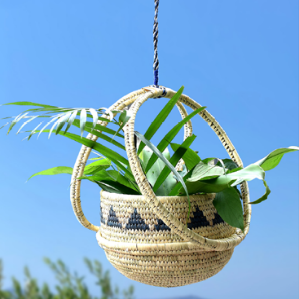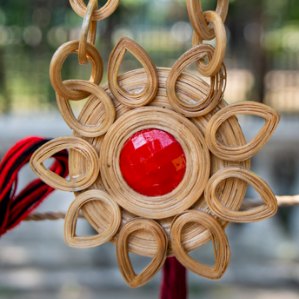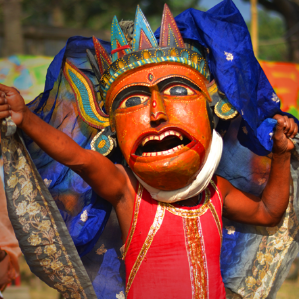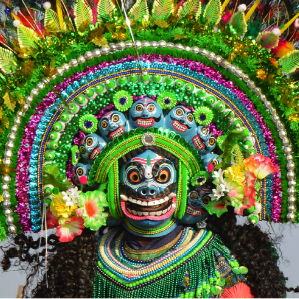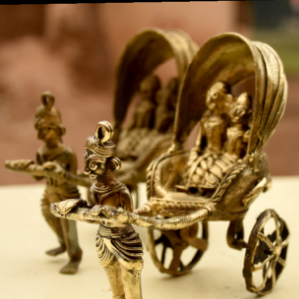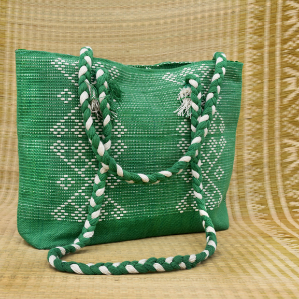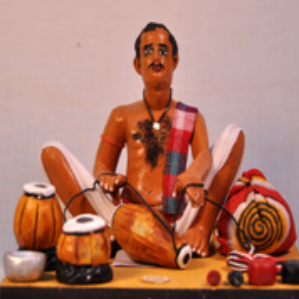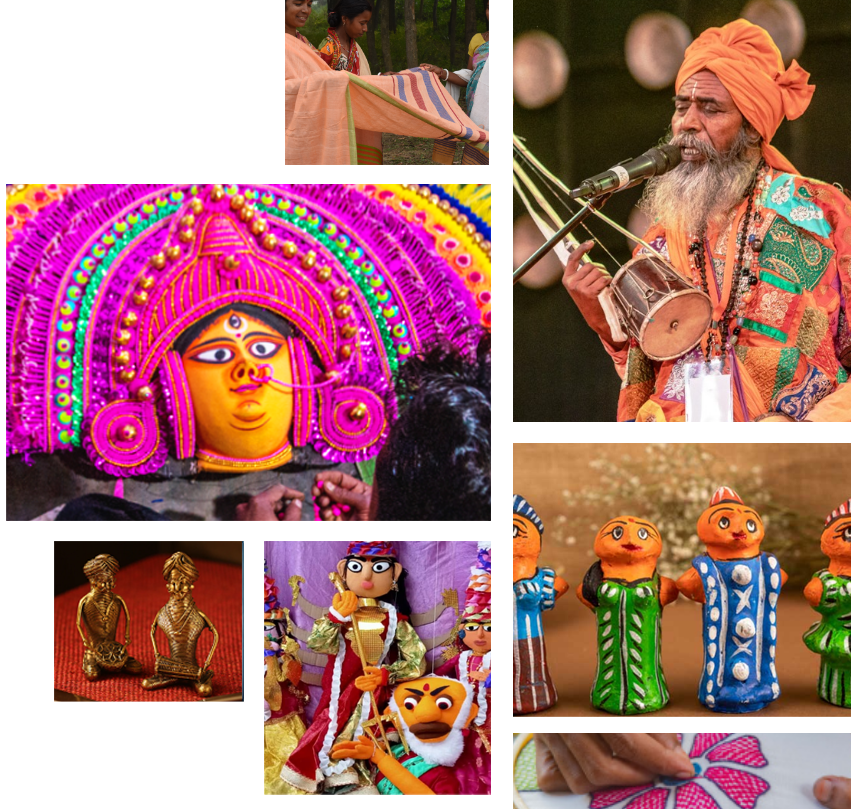
About Crafts & Weaves
The notion of education through handicrafts rises from the contemplation of truth and love permeating life’s activities.—Mahatma Gandhi
Handicrafts represent the culture and traditional skills of a community. Skills in traditional crafts are nurtured and influenced by the
nature and reflect the aesthetics and values of the practitioner community. The products
are rooted in their indigenous creativity and knowledge. Growth of civilisation can be rightly
identified as a quest of human creativity in optimally using external resources to create objects
suited to meet daily needs, and also having aesthetic appeal. Traditional craftsmanship includes
hand-skills, knowledge of local natural materials, the creator’s expressions, and emotions,
and is an integral part of driving economic activities, social functions, and religious performances.
A kaleidoscope of diverse handicraft traditions ranging from textile and mat weaving, exquisite
embroideries to metal craft, wood carving, pottery, and others shape the creative landscape and
identity of West Bengal. Most of the craft traditions are home-based, community centric, and labour intensive.
The eco-friendly handicrafts have great potential for livelihood and income generation.
Apart from their aesthetic appeal, traditional crafts are infused with
utility value. Since time immemorial, these items have served to be
the premise of society and economy. Weaving traditions, wood, metal
crafting, clay modelling, and other hanicraft practices initially started as
family-centric endeavours, undertaken to meet daily needs.
The Craftsmanship of Bengal: A Tapestry of Tradition and Innovation
Bengal’s handcrafted heritage is a rich blend of utility, beauty, and sustainability, reflecting the deep connection between its artisans and the natural world. From intricate terracotta sculptures to the delicate art of Patachitra painting, the crafts of Bengal are deeply intertwined with local rituals, cultural stories, and mythological traditions. The use of locally sourced materials like clay, jute, bamboo, and metal showcases the region’s commitment to sustainability, while innovative techniques like Dokra metal crafting and the weaving of iconic Baluchari sarees bring centuries-old traditions into the modern world. Bengal’s craftsmanship is not only a testament to the creativity of its artisans but also a cultural lifeline that continues to enrich the state’s identity and heritage.
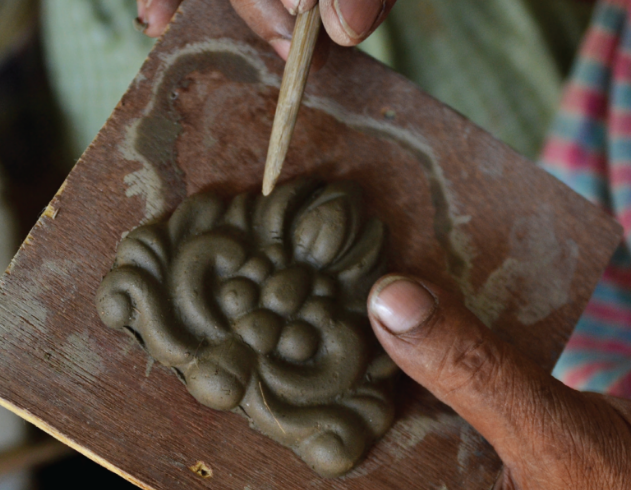
Explore the Quintessential Bengal Crafts
Know more about the different types of Bengal Crafts

Clay Craft
Pottery, one of the world`s oldest handicrafts, holds immense archaeological significance in West Bengal. The state boasts a rich clay craft tradition, including terraco...

Natural fibre Craft
Crafting with fibers isn`t just about skill; it`s a blend of nature know-how and well-kept expertise. The skilled makers in the communities infuse their creations with a uniq...

Textiles
West Bengal is renowned for its high-quality weaving and refined threadwork. The state's natural landscape, blessed with rivers and fertile lands, provides excellent raw ...

WoodCraft
Crafting wooden products has been integral to the lifestyles and cultural traditions of indigenous communities in West Bengal. Wooden dolls and masks, often associated with r...

MetalCraft
Metal craft, particularly bell metal crafting using copper and tin alloy, is an ancient practice in Bengal. The lost-wax metal casting technique, prevalent in West Bengal and...

Folk Painting
Painting, as the oldest medium of human expression, finds diverse forms in West Bengal. Folk paintings, narrating stories of the painter communities' lifestyles and belie...
